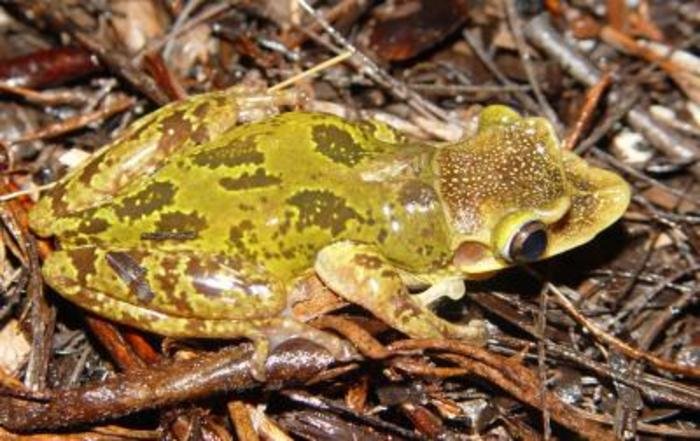TUCSON, July 10 (UPI) -- Many species would have to speed up their evolution by 10,000 times to adapt to the rapid climate change expected in the next 100 years, a U.S. ecologist says.
A study led by University of Arizona researcher John J. Wiens analyzed how quickly species adapted to different climates in the past, then compared their rates of evolution to rates of climate change projected for the end of this century.















